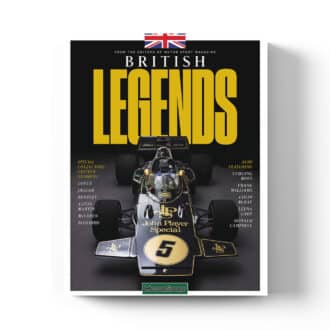
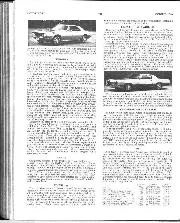
New models for Earls Court
ROVER 2000 TC AND AUTOMATIC Introduced to the European and North American markets last spring, the high-performance TC version of the Rover 2000 is now available in Britain. Also announced…
So many stories, so few of them good. I’ve had countless conversations with people about Shelby Cobras over the years, and what had struck me is that even those who own and love them tend not to hold back when it comes to the car’s shortcomings. It seems their faults are part of their charm. Brutal power and those looks probably help too…
So this is going to be interesting. Thanks to Woodham Mortimer, the car preparers and restorer which bought JD Classics after the latter went into administration last year, we have two Cobras to try and, no, neither is ‘real’. You’d be amazed how few actually are.
But they are utterly faithful recreations that earn the FIA papers that do not get issued unless the car is as it would have been in period. In every regard that matters – how they look, how they’re built, how they drive, there should be no difference.
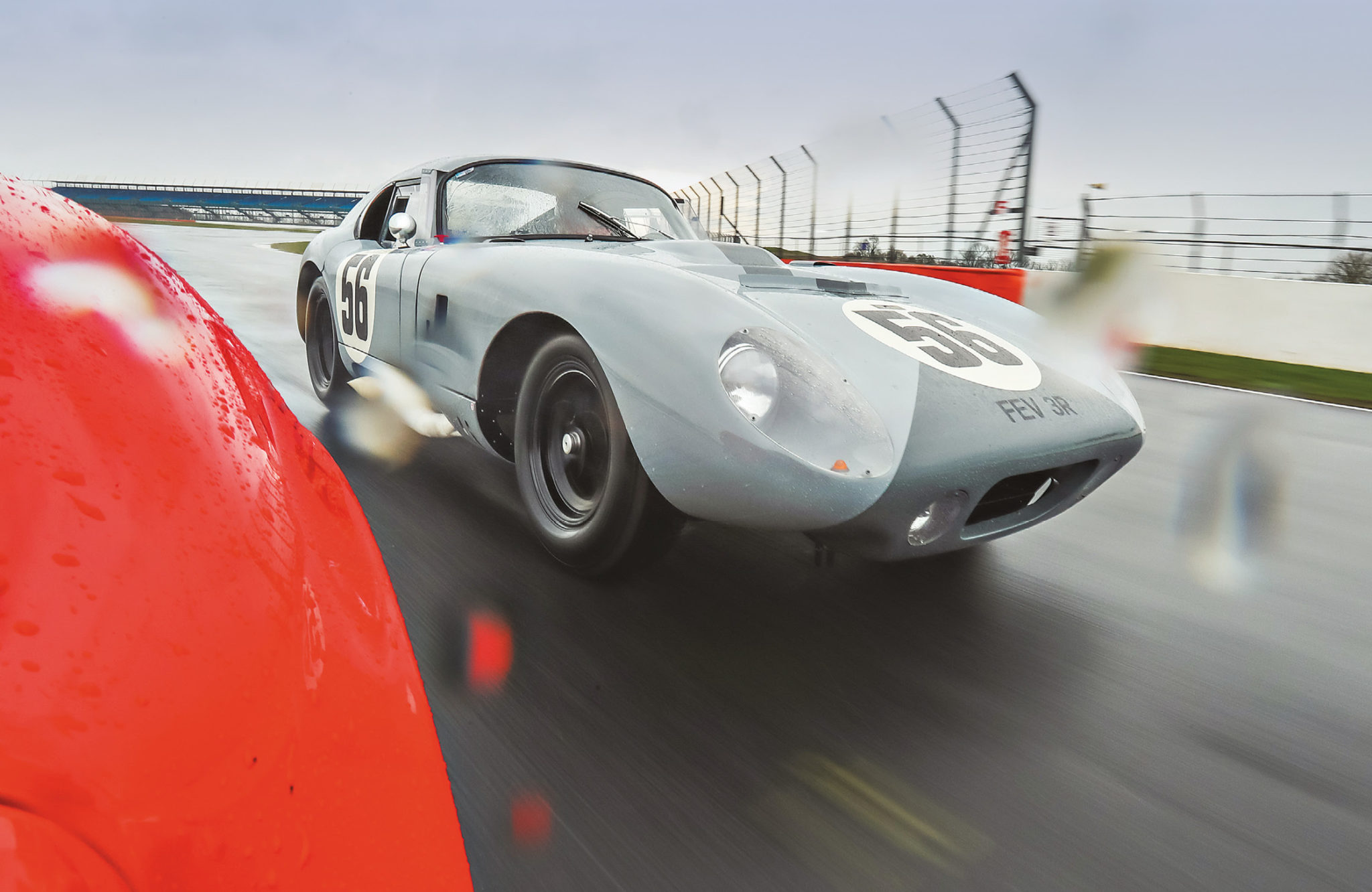
I feel a strange sense of trepidation, and not just because the weather is looking malevolent. I’ve been lucky enough to drive race versions of most of the cars that formed the bulk of the opposition to the Cobras in the early 1960s (Jaguar E-type, Aston DB4GT, even a Ferrari 250GTO) and if there was any fear with those it related to their values. With the Cobra, there’s something else. Something about the car scares me, just a little.
But some things are in my favour: we’re at Silverstone and if I’m going to cuddle a monster, I’d rather do it here. Second, Woodham Mortimer’s operations manager and renowned historic racer Chris Ward and the rest of the team are as relaxed as can be. Besides being shown how to fire each one up there are no instructions: no rev limit or laps, no ‘please look after it’. Just get in and go. As fast as you like, for as long as you like.
“The old ‘there’s no replacement for displacement’ axiom was found severely wanting ”
I try the red one first. The purpose of this story is to try to understand how the Cobra went from being a rather rough and ready Anglo-American hybrid into something that could and, indeed, eventually did beat the best of Europe’s automotive aristocracy. So it makes sense to start at the beginning.
It does not begin well: I can get in, but there is insufficient legroom for all 6ft 4in of me to operate the car safely. The only option is to pull the seat out and wedge me inside secured by foam and the six-point harness. It is very, very simple in here. Simple Smiths dials, a simple line of switches with labels painted onto the dash. Turn on the master switch, twist the key, apply a little throttle just to prod its four twin-choke Weber 48mm IDA carburettors and with more rumble than thunder, the 289cu in Ford V8 comes to life.
The clutch is heavy but not vicious, the action of the Hurst shifter long but not imprecise. Soon I’m rolling down the pit-lane with the sensation of really not having the slightest idea what’s going to happen next.
There is an interesting little story about the Cobra, worth mentioning here first because I believe it remains little known, but also because it shows just how close the entire saga came to a very different outcome.
When he decided to create the car that would become the Cobra, it was not AC that Carroll Shelby rang first, but Aston Martin. It was 1960 and the previous summer he’d won Le Mans in a DBR1 paired with Roy Salvadori. His idea was to take the DB3S – which came second at Le Mans the year before – and slot in a V8. The plan failed because, as John Wyer pointed out, the DB3S was out of production, the race team that made it shut down, and Aston Martin drowning in orders for its then new DB4 road car. But I suspect if Shelby had started with a fully developed racing car with an already slippery body rather than an elderly British sports car designed with no thought for frontal area, the issues that made him create the Daytona Coupe might never have arisen in the first place.
So AC was Shelby’s second choice and if for 1963 he hoped the combination of his Old English chassis and all-American motor would somehow vanquish the might of Maranello and its well-developed 250GTO at the first time of asking, he was wrong.
The Cobra proved that, even back then, there was more to making a successful racing car than simply ensuring it was powerful and light. The ‘there’s no replacement for displacement’ axiom was found wanting.
The Americans were fond of portraying the GTO as state of the art. But it’s not true: there was nothing remotely revolutionary about the GTO’s engineering and in some regards was actually pretty dated even when new in 1962. It still had a live rear axle and an engine so closely related to that in the first ever Ferrari its stroke was the same as V12s made in the 1940s. If anything, it proved what you can achieve not with cutting edge science, but the fabulous execution of very traditional thinking by a company that not only knew how to win, but expected to.
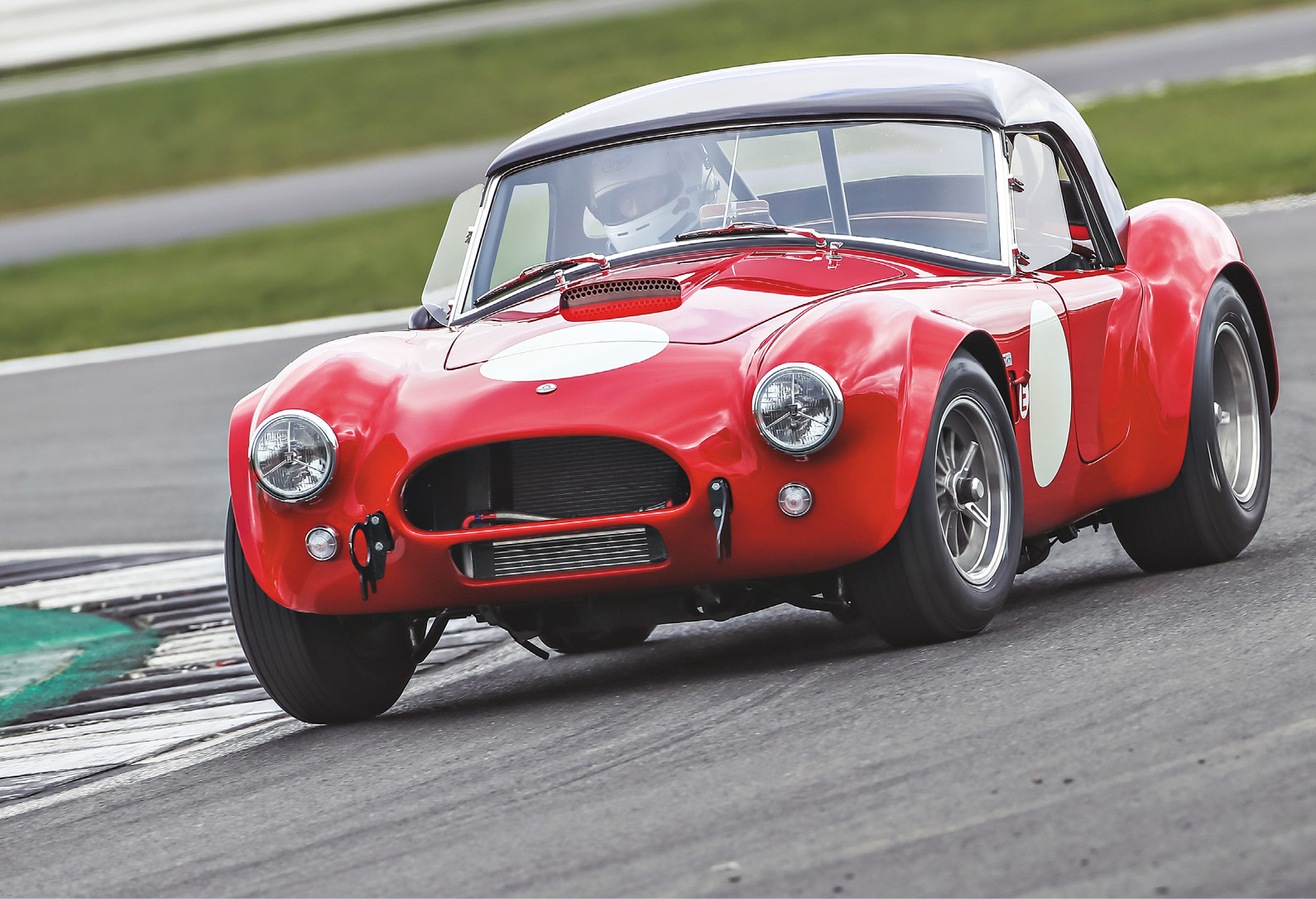
The Cobra came from a different place: a handful of talented, enthusiastic California hot-rodders with a dream of wrecking Enzo Ferrari’s domination. Shelby is known to have loathed Ferrari, and reputedly blamed him for the death of his friend Luigi Musso during the 1958 French Grand Prix by pressurising him to go faster than it was safe to do. For Shelby, it was personal.
His Cobra was light, at around 1050kg. Clearly using a pushrod V8 wasn’t going to get the same horsepower per litre as an overhead cam V12, but the 4.7-litre Ford V8 was good for at least 360bhp, 20 per cent more than the Ferrari engine and backed by an even greater torque advantage.
On paper, it should have been quick. And on tight US street courses, it was. But at faster circuits like Daytona and those it would face in Europe, well… the lead Cobra at a three-hour race at Daytona in 1963 was lapped four times by the winning GTOs. At the Sebring 12Hrs, the best Cobra shipped 11 laps – almost one an hour – to the quickest GTO. At Le Mans it was a dozen laps over 24 hours, but they were much longer laps. The best GTO was over 100 miles ahead at the finish.
Something had to be done if Shelby’s dream of blacking Ferrari’s eye was to be realised. Shelby knew that Ferrari had a rebodied GTO with better suspension and a wider track coming for 1964. So he sat down to consider his options.
More power wasn’t one of them – the V8 had been designed as a street car engine and was already on the limit of what could be kept reliable. He could put even more rubber on the road but that wouldn’t solve the Cobra’s big flaw: a lack of straight-line speed.
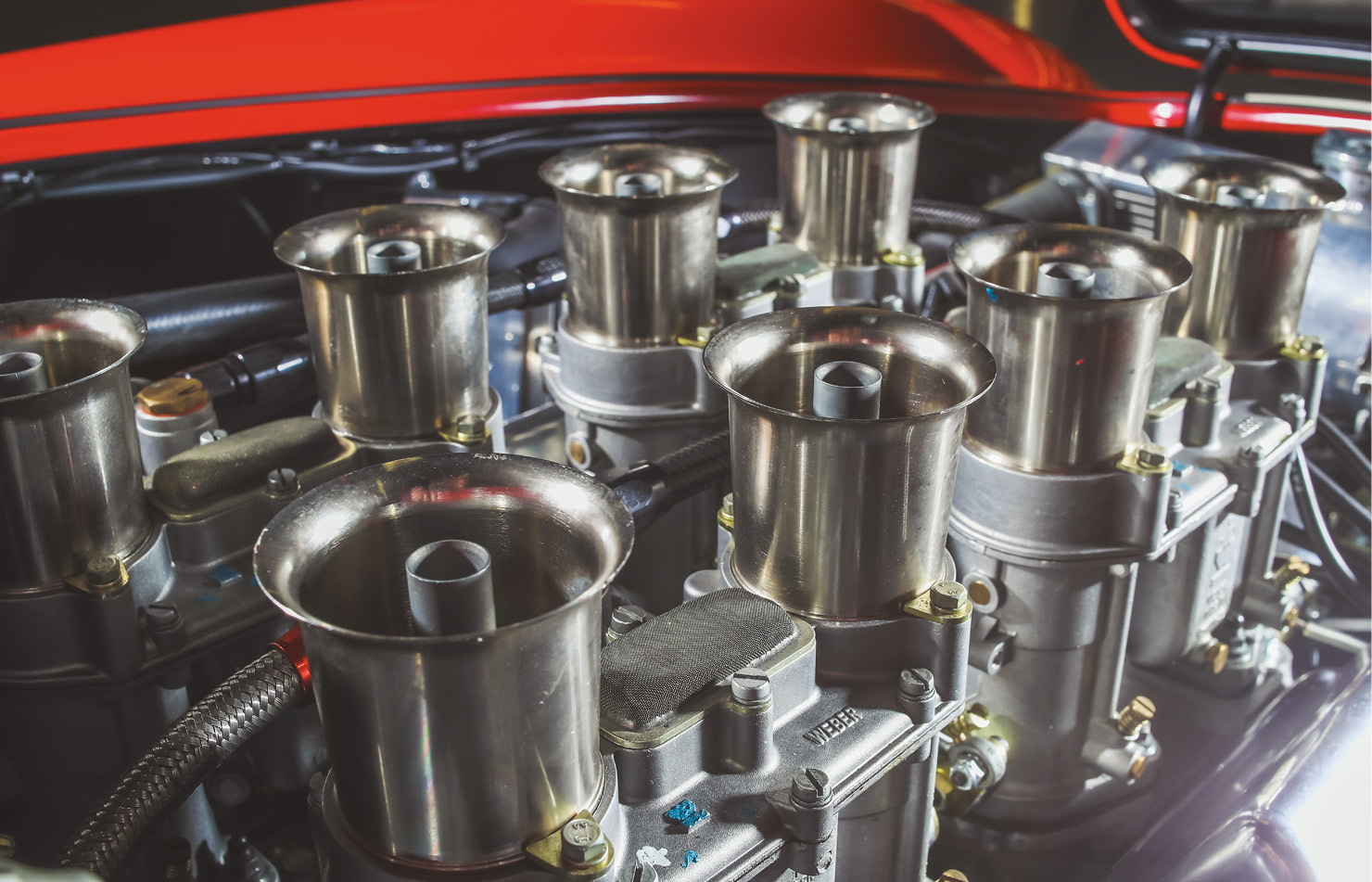
It’s been estimated that at Le Mans the Cobras, even with factory hard tops, were giving up to 30mph to the slippery GTOs by the end of the Mulsanne Straight.
The answer came from a young designer called Peter Brock, who’d come to Shelby from GM where he’d had a hand in the shape of the Corvette Stingray. He’d always been fascinated by airflow and automotive forms, so suggested to Shelby that he created a new and aerodynamic body for the Cobra. But Shelby was no walkover and some of the older schoolers in the organisation thought the idea a waste of time and money. It was the support of Shelby’s British test driver, Ken Miles, that got the plan the green light.
Given that Mercedes-Benz was using windtunnels in the 1930s, it’s strange to think that Brock designed the Daytona Coupe on a large piece of paper stuck to the wall. AC Cars was asked for the chassis drawings but they never turned up – whether or not because AC was miffed by Shelby’s plan to build cars in California rather than shipping chassis from Thames Ditton.
Perhaps the greatest misconception about the Daytona Coupe is that it was just a Cobra with a different body. It was not: Brock realised he had a golden opportunity to redesign the tubular structure that sat on the main chassis rails, for the Cobra’s other big flaw was that it wasn’t very rigid. Rinsey Mills, Shelby’s official biographer, wrote that drivers reported ‘door gaps altering and chattering when the car cornered hard…’
In the absence of any drawings, Brock took the chassis of a crashed Cobra and went to work, using Miles to determine the ideal driving position, working out where the roof line should be. He worked with Miles on creating a new tubular structure that would transform the torsional rigidity of the car alongside a new central triangulated spine.
Not that this was exactly declared to the FIA. For Shelby one of the big draws of the Coupe was that it would qualify under the same ‘evolution of type’ rules that allowed Ferrari to homologate the GTO as an updated 250GT when it was not really anything of the sort. The fact is that the Daytona Coupe was different to the Cobra roadster not only in appearance, but construction too.
“It gobbles up gears impressively, until it hits an aerodynamic wall at 130mph”
The first of six cars was ready for testing at Riverside in 1964, with Miles driving. In no time at all the coupe – designed on paper and with zero budget, using the same engine, suspension, brakes, wheel and tyres– was lapping over three seconds faster than the standard Cobra. With no development, the car did 175mph along Riverside’s straight, which was less than a third of the length of the Mulsanne. The 30mph deficit was gone.
In the first race of 1964 – the Daytona 2000Km – the GTOs locked out the podium. But Bob Holbert put the Daytona on pole, a clear second faster than the winning GTO of Pedro Rodríguez. The car led for over half the race, setting fastest lap in the process before catching fire in a pit stop due to fuel leaking onto an overheated differential. The car retired, but notice had been served. At Sebring the Coupe finished eight laps ahead of the best ’64 GTO, at Le Mans Dan Gurney and Bob Bondurant qualified it ahead of all bar the prototypes and then beat all the GTOs to win the GT category.
Yet it was still a close season, one problem being the sheer number of GTOs. At Spa a blocked fuel line meant the Coupe came nowhere. Only the roadsters went to the Nürburgring, the best finishing 23rd, compared to second for the GTO, with Ferraris filling the first seven places in their class. Perhaps here the deficiencies of the open Cobra were laid most bare. Ferrari beat Shelby in the championship by just six points.
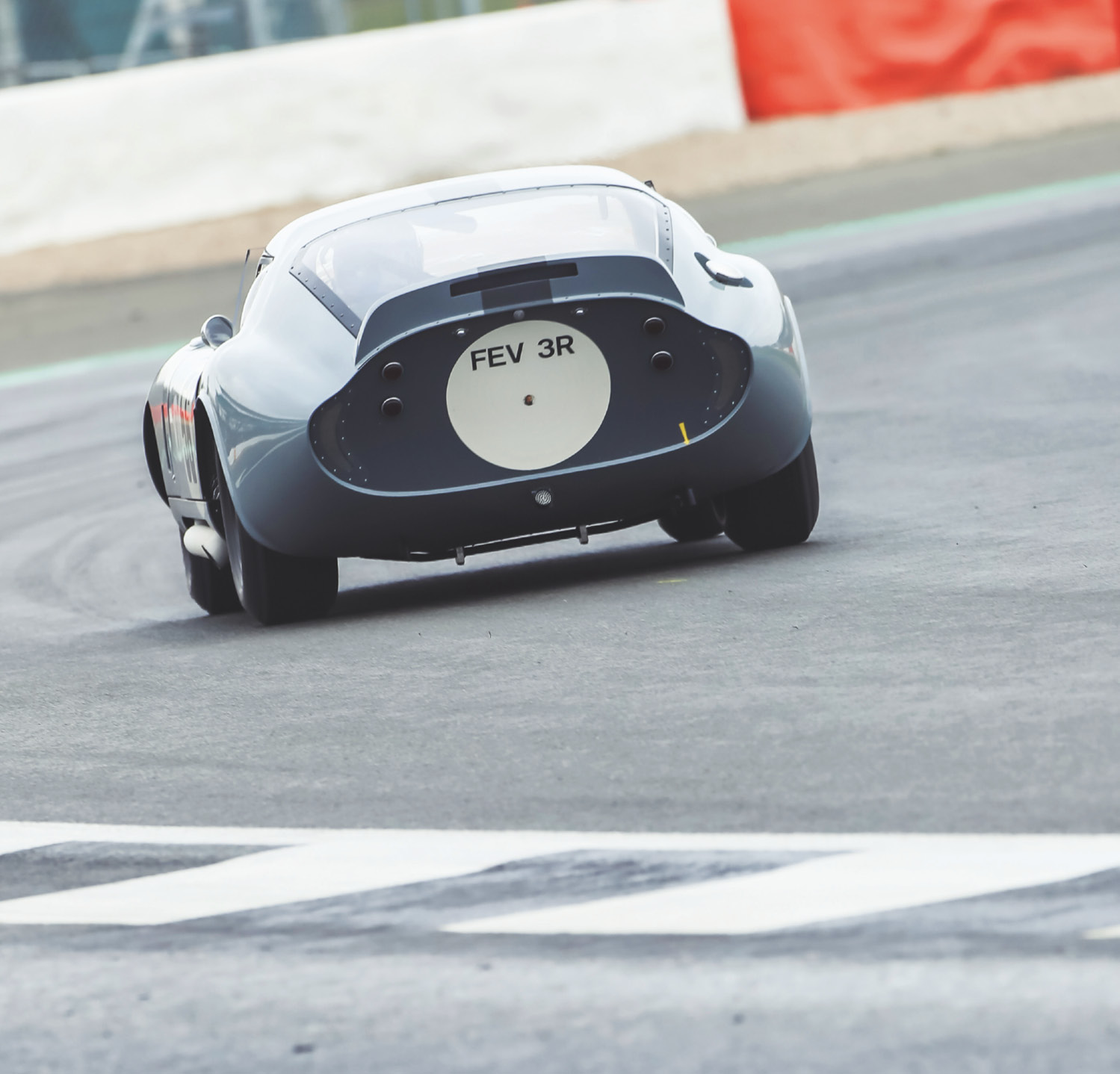
Shelby finally got what he wanted in 1965, with the Daytonas romping to GT victory, taking eight out of the 11 rounds, including Le Mans once more. But, with Ferrari failing to get the 250LM homologated for GT racing, it was against derisory opposition. If you compare the results of the LM with the Daytona Coupe, there’s no escaping the fact that had it been in the same class, Ferrari would have taken the title again.
Even so, Shelby had what he wanted: the first FIA championship won by an American race team. But by the end of 1965 his eyes were on a different prize altogether, not just beating Ferrari for class honours, but outright with a handy little device called the GT40. He would not have long to wait.
Back in the present and, back in the red Cobra I’m struggling to find confidence. Power is not the problem – in most regards this is a GT40-spec motor with well over 400bhp. We’re using Silverstone’s International Circuit and even given the far slower entry onto the Hangar Straight, it gobbles up gears impressively, at least until it hits an aerodynamic wall at perhaps 130mph. Thereafter it is slow going. But the brakes are excellent for something on old-school Dunlop race rubber.
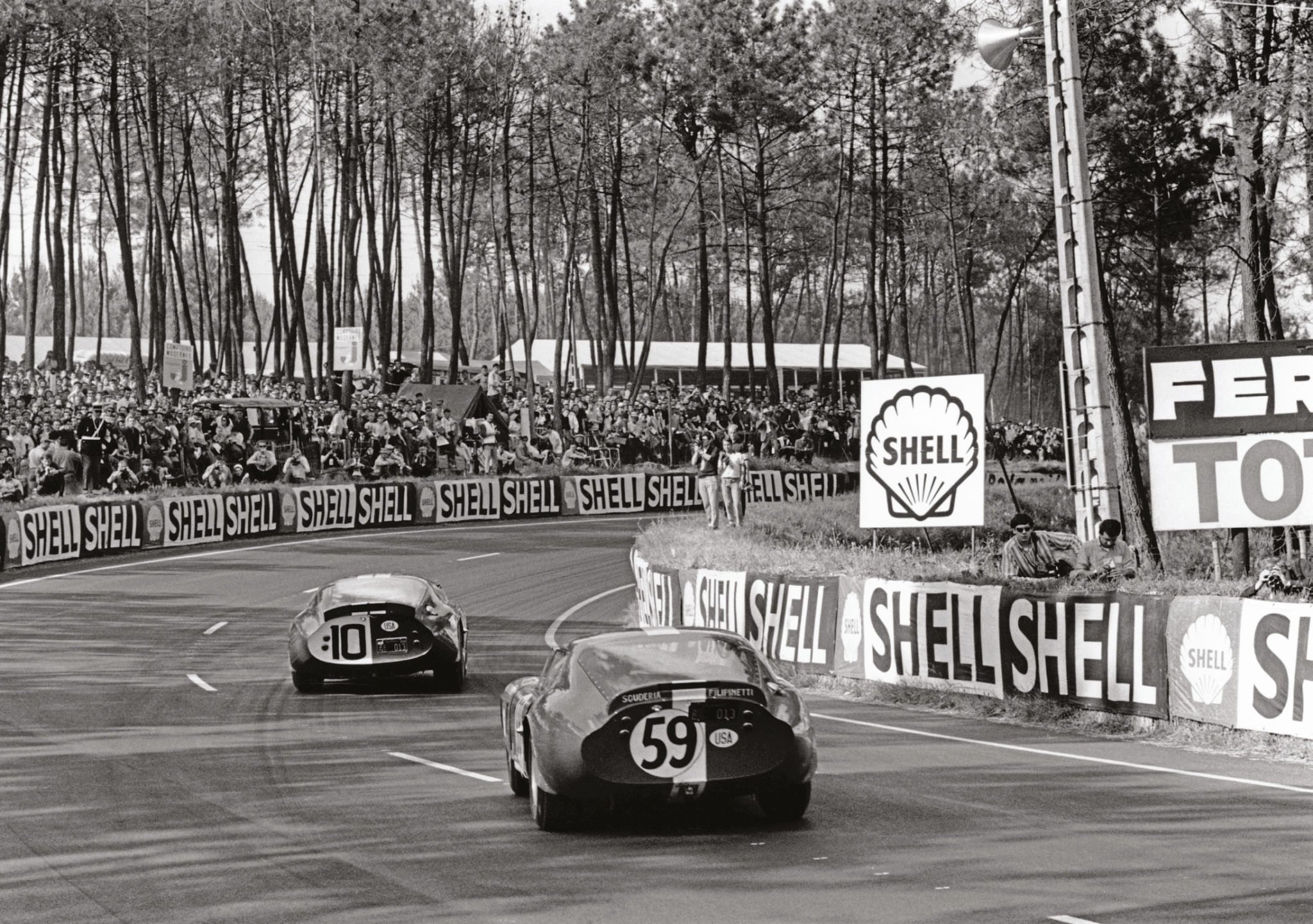
But in the corners I have no faith in it at all. Chris has warned me the car has more of a wet set up on it and may understeer, but there’s more going on here than that: I can’t gauge how the car will react to steering input, once it has reacted I can’t plot its trajectory too well and it doesn’t want to adjust its line when I come off the throttle. There’s quite a lot of vertical bobbing on its springs too. Every lap is faster than the last, but not once do I feel it is on my side.
I’m not surprised. Imprecise steering and unpredictable behaviour tallies with what I’ve heard. This is what a Cobra is like.
Or is it? The Daytona is waiting. Inside it is even more Spartan than the roadster. In front of me is a distinctly non-period Stack rev-counter and that’s it. If I want any other information, I need to peer at the centre console where there are six far smaller dials and a bank of switches. Ignition, pump and fire. And now the space between my ears explodes.
“What I find surprising is not that it could beat a GTO, but that a GTO could get anywhere near it”
The car is on straight pipes and everything is shaking, including my brain. It is intimidating and rather wonderful. The engine is the same size as the roadster’s, albeit more powerful with around 440bhp thanks to its Steve Warrior-built motor.
Before I reach the end of the pit lane, I know this is going to be different. It doesn’t feel like a development of the Cobra. It feels like a different car. There’s no brick wall on the straight. Barely halfway along I’m backing off the throttle to avoid slamming into the rev-limiter in top. Goodness knows how fast it’s going but even on this short stretch, it’s in a different league to the Cobra. Brock clearly had a fine eye for aerodynamics, because it feels rock solid too.
But I notice the changes in the corners even more. In short, it feels like a racing car: taut, precise, and trustworthy. I’m driving with more confidence than I managed in the roadster; soon I’m drifting through Stowe, correcting twitches through the still fractionally damp Club and having a riot.
I come in only because I genuinely fear for my hearing, ram a couple of plugs into my ear and head out again. The next few laps are joyous. It’s still a car you drive with shoulders more than your wrists, but it’s magical. Its front is as keen to find an apex as the roadster’s is to avoid it, its back end so easy to place that you’re happy to make it oversteer everywhere. Above all, despite the sound and fury, I get that sense of oneness with it that, for me, is key to going fast in any car. In short, I loved it.
I don’t know if the night and day difference I felt between these two is exactly as that you’d find in original cars, but it tallies with what I’ve read. The difference in set up undoubtedly had a role, too. Chris said the secret with the roadster was to be over-ambitious with your entry speed to break the back loose so it never gets the chance to understeer. Maybe with time I’d have tried.
Or maybe I wouldn’t. If I’d had more time, I know I’d have spent it in the Daytona. What I find more surprising is not that it could beat a GTO, but that a GTO could get anywhere near it at all.



